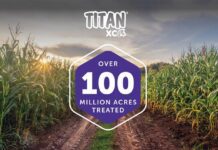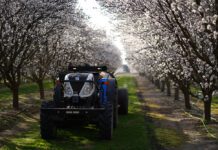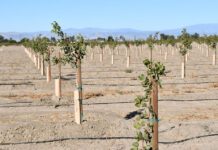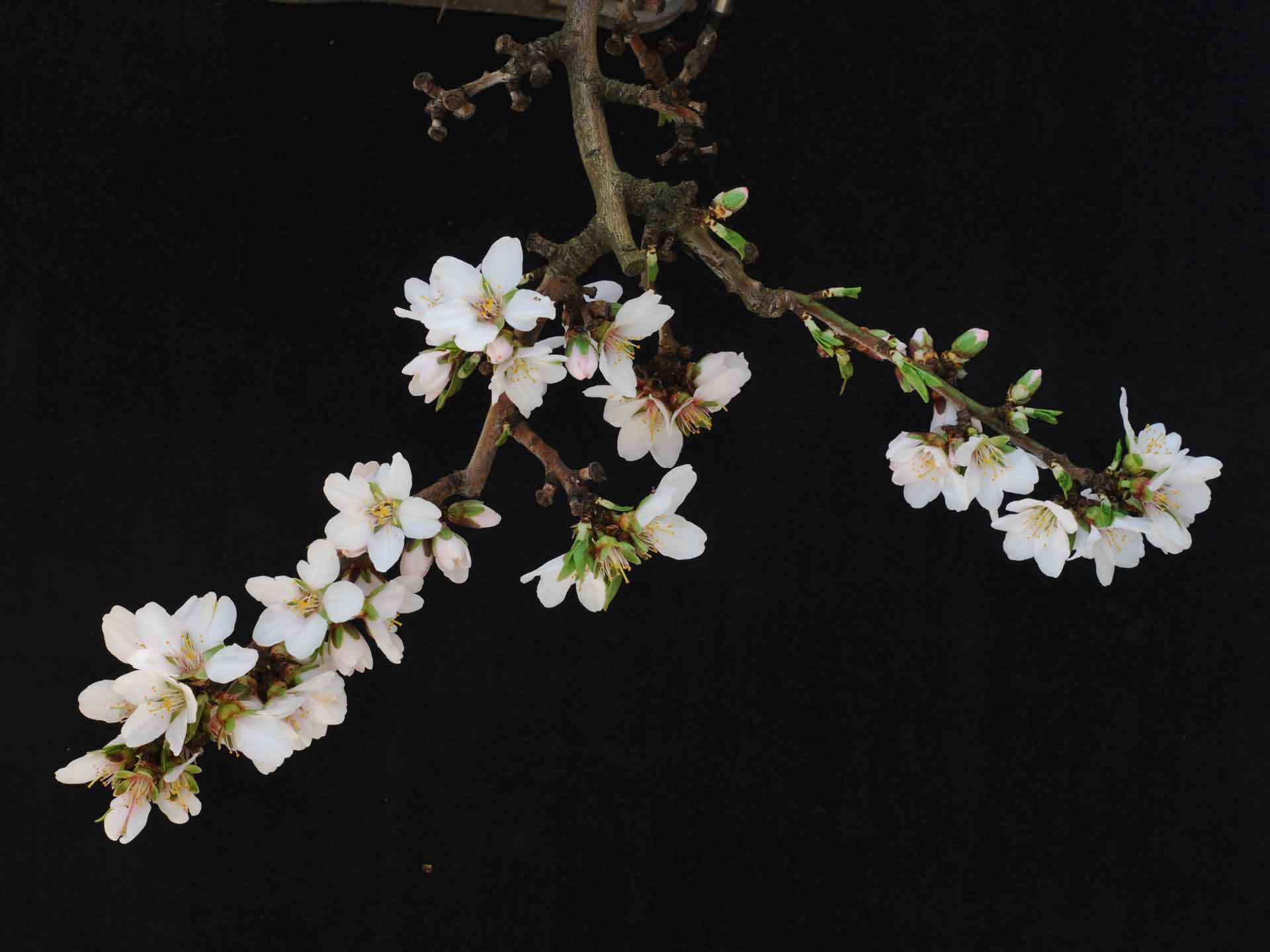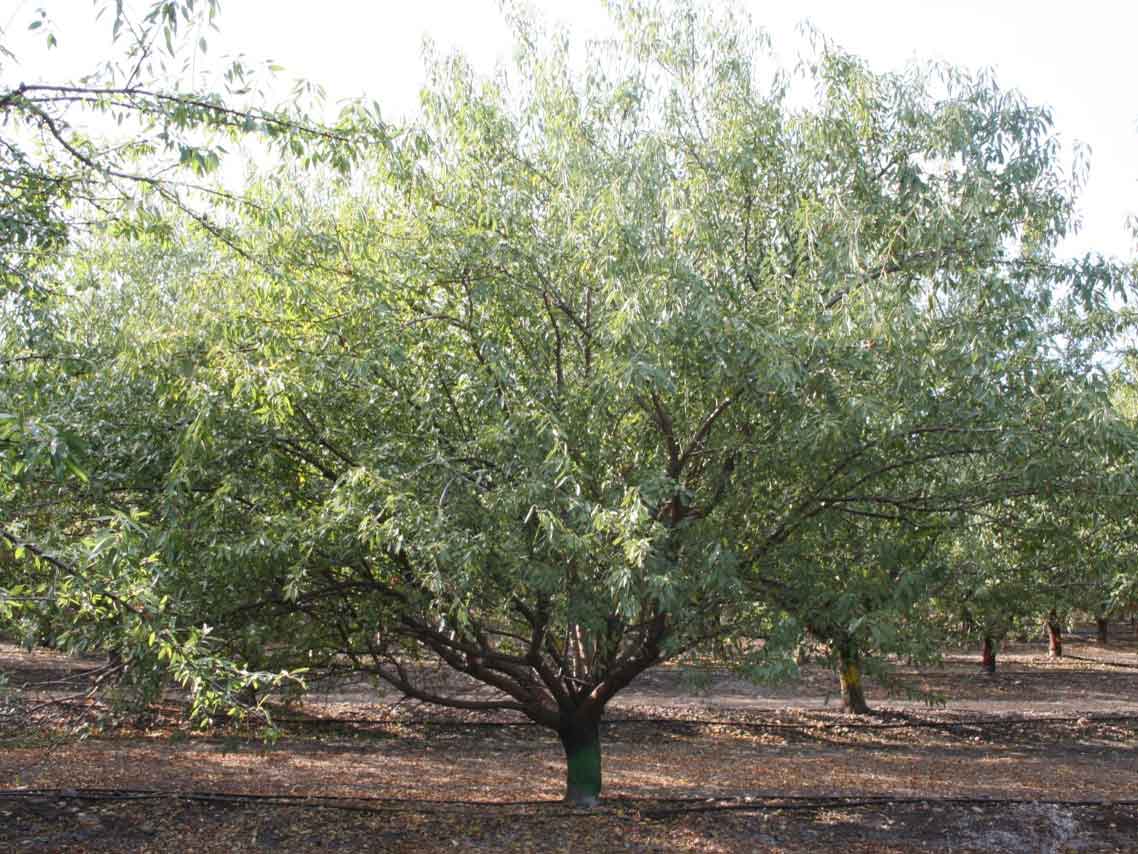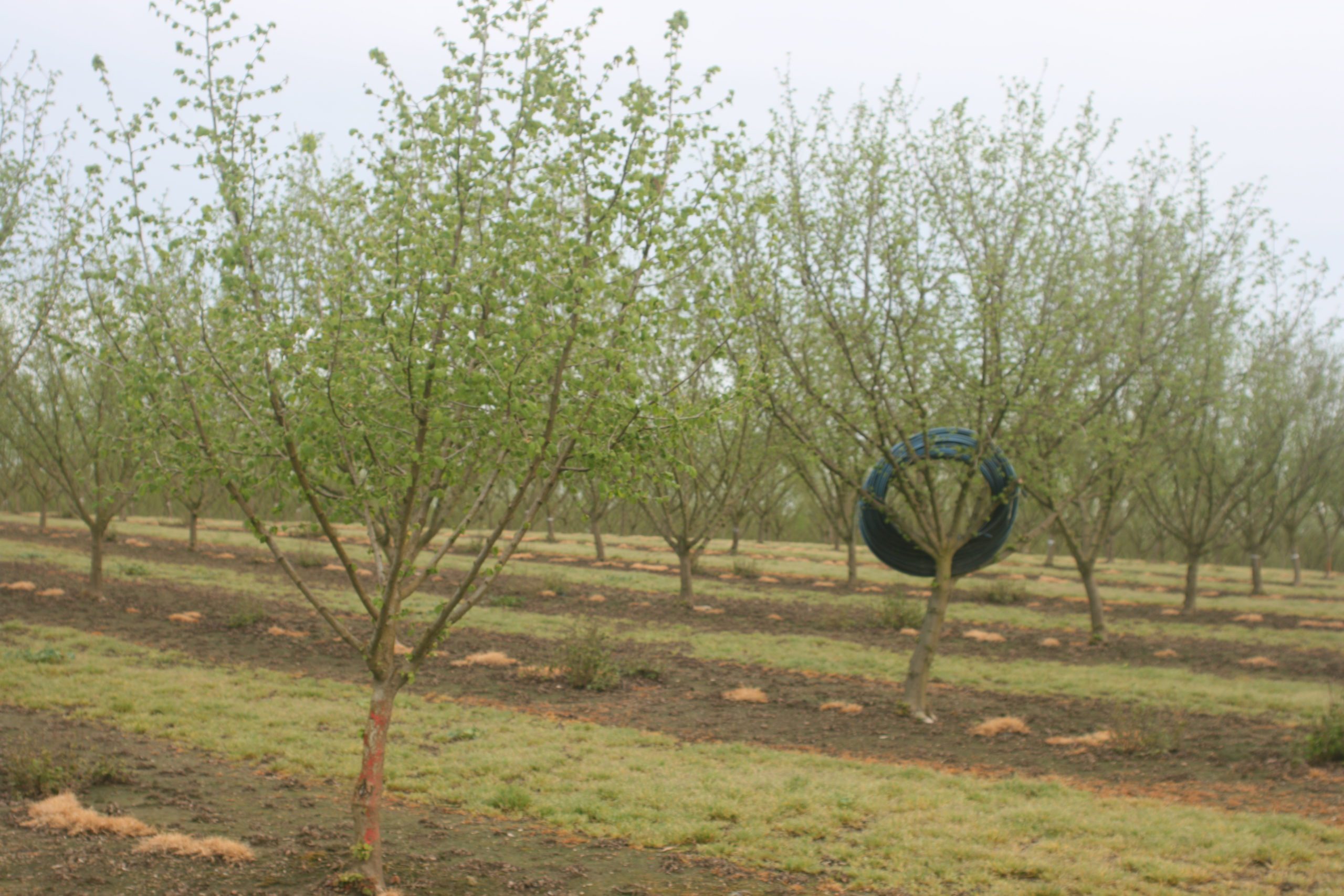Listen to the audio version of this article. (Generated by A.I.)
California agriculture has never shied away from change. We’ve weathered droughts, regulatory whiplash, market upheavals and changing consumer demands. We’ve adapted, often faster than we get credit for. But when it comes to tackling climate change and improving air quality in places like the San Joaquin Valley, we need policies that meet the moment without pushing family farms out of business. That’s why California agriculture supports reauthorizing California’s Cap-and-Trade program.
Don’t misinterpret: Cap-and-Trade is not a perfect system, but short of a regulatory hammer, it’s the best tool we’ve got to reduce emissions while giving businesses, especially agricultural businesses, the ability to plan. It sets a clear price on carbon, then lets the market decide how to cut emissions cost-effectively. That flexibility matters. Our growers don’t have the same emissions as a refinery or a cement plant, and we’re not generally regulated under the state’s system. But our supply chain depends upon the businesses that are. We run irrigation pumps, processing equipment, harvesters and trucks, all of which have huge potential for emission savings. And we can make changes, but we need funding to do it.
Why Market-Based Solutions Work
A market-based approach like Cap-and-Trade helps keep costs down while still driving progress forward. And it helps avoid something that hits our communities hardest: leakage, when overly aggressive regulations push farming, processing or manufacturing out of state or overseas. Nobody wins when we lose jobs here and import the same goods from places with lower air quality standards.
Just as important is what Cap-and-Trade funds. The revenues from this program have become one of the only sources of investment in rural air quality and emissions reduction. The FARMER program, helping growers replace old diesel tractors, harvesters and pumps with cleaner technology, is entirely dependent on cap-and-trade revenue. A wildly popular program with stats to support it, FARMER has been oversubscribed every single year and is processing over $500 million of funding requests. No surprise there. The need is real. And unless we reauthorize Cap-and-Trade, that investment in the Valley and air quality benefits disappear.
‘Nobody wins when we lose jobs here and import the same goods from places with lower air quality standards.’
The Valley Has No Fallback Plan
Let’s be honest about California’s budget: the years ahead will be difficult, and the Valley will likely be overlooked. Without cap-and-trade funding, there is no fallback. The investments it generates are critical, and without them, there is no realistic path to meaningful air quality improvement in the San Joaquin Valley. This challenge extends far beyond carbon; it includes particulate matter, fugitive dust, nitrous oxide and, ultimately, the quality of life for millions of residents. Without federal waivers to mandate passenger vehicle and truck turnover to zero emission models, an unrealistic regulatory goal on its own, much more work remains to be done.
Still, we need to acknowledge the complexity of this issue. For many in rural California, state climate policy feels like (and sometimes is) another layer of restriction handed down by people who don’t understand what it takes to run a business. And I hear it all the time from growers: “Why are we always the ones getting squeezed?” That frustration is legitimate. And it’s why any extension of Cap-and-Trade must come with a renewed commitment to incentives, not just mandates.
Reauthorizing Cap-and-Trade gives California a chance to double down on what works: market mechanisms, local reinvestment and support for the very businesses that grow the food we all rely on. It also gives policymakers an opportunity to keep listening, to ensure growers aren’t just expected to comply but are invited to lead.
California agriculture isn’t backing away from the climate challenge. We just want a fair shot to be part of the solution, not treated like the problem.
Contact your state legislator and ask for their support to reauthorize Cap-and-Trade. Let’s make sure growers have the tools, resources and continued investments needed to clean the air, cut emissions and keep on growing.

Roger A. Isom
Roger is President/CEO of the California Cotton Ginners and Growers Association and Western Tree Nut Association. He brings over 30 years of regulatory and legislative advocacy experience, specializing in environmental and safety matters. Roger’s responsibilities include the management of both Associations’ staff and day-to-day operations. Roger is also the President of the Ag Energy Consumers Association (AECA), board member and Past President of the Ag One Foundation at California State University Fresno, and manages the Navel Orangeworm Action Committee (NOWAC).





